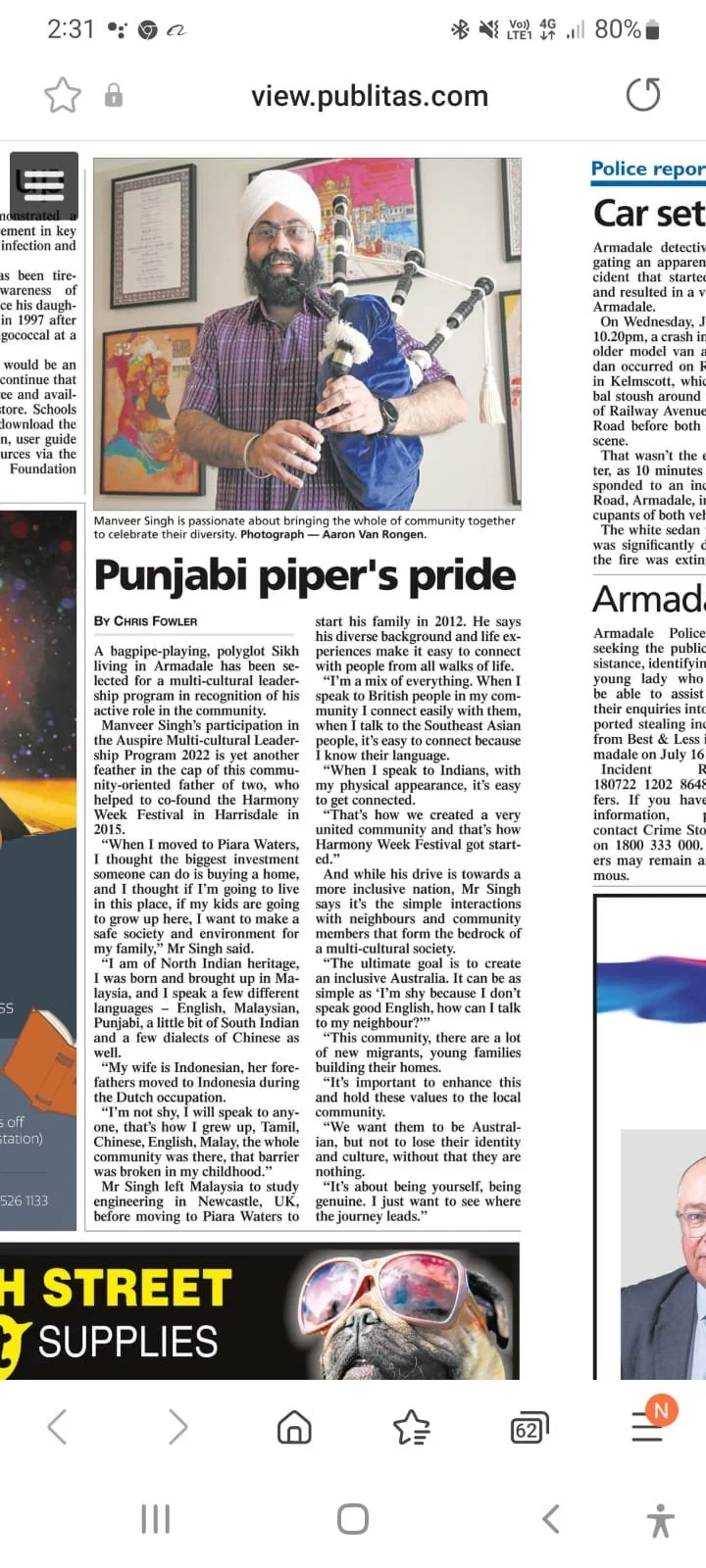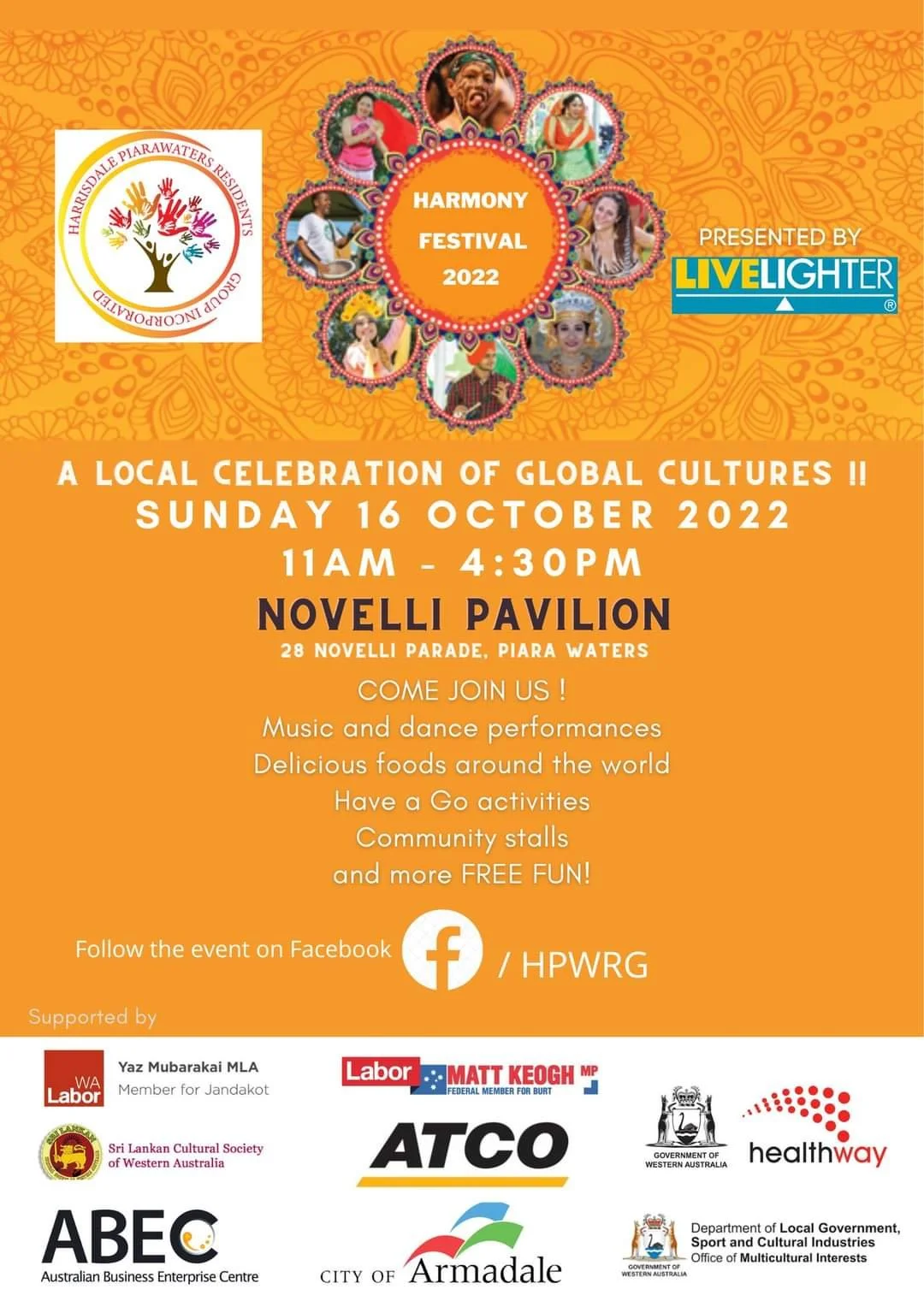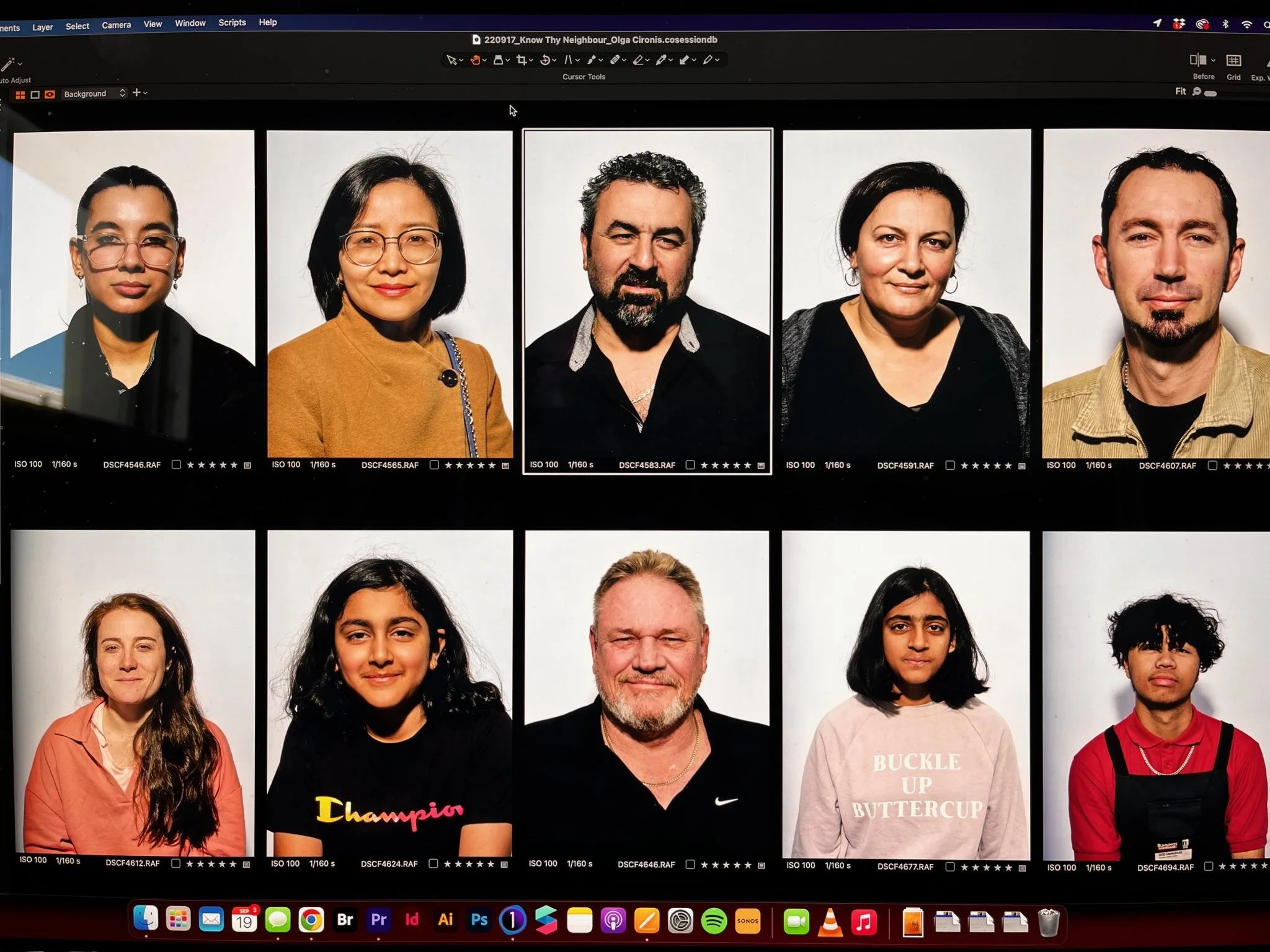Know Thy Neighbour #3 Residency: Olga Cironis and Duncan Wright in the City of Armadale #1
Olga Cironis and Duncan Wright are currently working with the community of Armadale. This residency forms part of one of Spaced’s current programs, Know Thy Neighbour #3.
Olga Cironis is a multidisciplinary artist who explores the murky undertones and impact that history and memory have on personal and shared identity. She examines the notions of belonging in today’s cultural globalisation — in particular, appropriated histories and accepted attitudes on belonging in the Australian cultural and social landscape.
Duncan Wright is a Western Australian photographic artist and director, and the founder of West End Workers Studio in Walyalup/Fremantle. He studied under Max Pam and Kevin Ballantine at Edith Cowan University in Perth, before moving to the Vahland Academy of Fine Arts in Gothenburg, Sweden to finish his degree. While working commercially across a diverse range of clientele, Duncan also maintains an artistic practice that combines conceptual, commercial and journalistic approaches.
Love Thy Neighbour
My work with Spaced on the Know Thy Neighbor #3 residency program began with a series of meetings with the curatorial team. Knowing that I was working with Armadale, already had a few concepts brewing in me that I was keep to develop.
Having spent some time in and around Armadale over the years, my initial idea was to work collaboratively with the local residents to investiage how they related to the civic evolution of their City. I was looking to do this through using a retro-style typewriter with a long paper roll, which would function as a continuous documentation of local stories and offerings. The vision was to complement this form of storytelling with some site-specific sound recordings and moving images. Though the idea was still in progress, due to wanting it to be shaped largely by the written input from the community, I had started to think of it as my project with which I needed to handle with care and sensitivity; although the stories would be contributing to a work within a public spacel, it would still be vital to keep them anonymous. I figured that creating an opaque, sealed bin for the typed work to fall into would allow for participants to add an entry below the previous one, while still collating all the stories on one long, uncut roll.
June marks my first attempts to get into the suburbs and meet some locals. I was keen to hear what residents thought of their neighbourhood and how the urban developments changed their relationships to home. And thus began what I have called my Typewriter Installation. First up, I liaised with RIVA Primary School and organised for them to house the typewriter for a number of weeks. This was followed by an introductory session with some of the students in which I got to speak about my practice as an artist, my hopes for how they could contribute to this current work, and even had the belongings in my bag investigated by a few very curious children.
After an extended stay at the school, I installed the typewriter at the Forrestdale Salvation Army store for another four weeks, which I visited frequently to add new ink ribbons to the typewriter, talk to shoppers, and have conversations with participants. The process replicated as I visited the Armadale Men’s Shed, Armadale Shopping Precinct, and a number of residential and industrial development sites.
Given the wide range of people I was targetting, I was enthusiastic to see what people had been willing to share with me! I’ll have to admit – upon collection of the typewriter, the results were not at all what I expected. In person, the verbal exchange was flowing freely which led to some optimism about the written component. But as soon as I mentioned writing in any form, people hesitated. That, alongside the fact that Covid had thrown a spanner in the works in terms of securing some additional typewriter locations, created some tensions. I knew I had to pivot.
I didn’t want to part from the original creative trajecotry, but could feel the inclination towards a more human exchange. Collaboration for me has always been such a fantastic way to achieve this, as well as provide me with the freedom to work with other artists and develop ideas and techniques. Having worked with photographer Duncan Wright in the past, I took the opportunity to invite him on this project. Excited as we moved forward.
With Duncan’s skills now on board, the vision took a more photographic approach. I once again began securing new sites around Armadale, including Piara Waters, Forrestdale and Harrisdale, inviting participants to engage in a portrait session. As it turned out, with this new and unanticipated direction, I found that the text that I had already collected still formed a significant component of the project. I think that is something that comes when you have the openness to go with the flow and accept change. Through conversations with the Spaced curatorial team, Armadale residents, visiting public, friends, and Duncan, the work began to evolve and breath. I watched, listened, learned and shared stories, all while experiencing the quiet landscape changes of the area over the changing seasons.
Duncan and I have just wrapped up a series of portraits from Harrisdale Senior High School, Armadale Bunnings and Napoli Mercato store. As for the next steps, I’m looking forward to photographing at the Piara Waters/Harrisdale Harmony Week event, which usually attracts a pretty large crowd. To be continued!
— Olga Cironis









